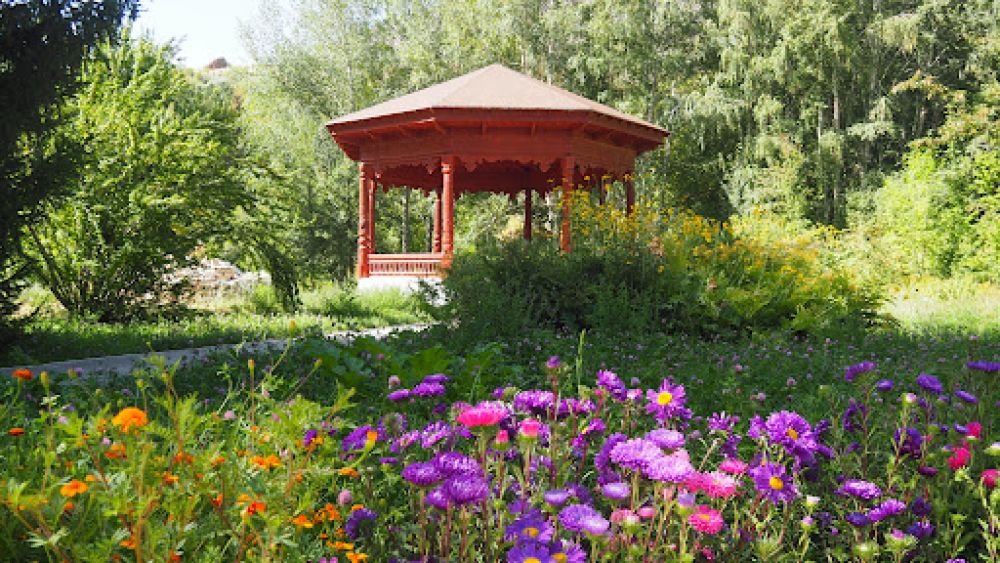

Nestled at an elevation of over 2000 meters above sea level, the Pamir Botanical Garden has been a spectacular beacon for tourists in Khorog, Tajikistan. Established in 1940 by Russian botanist Nikolai Vavilov, it is one of the highest botanical gardens in the world. Initially, the garden was part of Soviet efforts to acclimatize plants from different corners of the globe to the harsh climatic conditions of the Pamir region.
Over the decades, as explorers and nature enthusiasts from around the world journeyed through the Silk Road and into the heart of Central Asia, the garden gained prominence for its phenomenal collection of flora, featuring a vast array of species from the Himalayas, the Americas, and even the far reaches of East Asia.
After Tajikistan gained independence in 1991, the Pamir Botanical Garden struggled to maintain its operations amidst economic challenges. However, with the steady growth of tourism and increased global interest in biodiversity, the garden began to receive attention from conservationists, researchers, and ecotourists. This has helped secure funding and support for the garden, ensuring its preservation and continued contribution to the global botanical community.
In recent years, eco-tourism has surged, with more travelers seeking destinations that offer rich natural experiences. The Pamir Botanical Garden has positioned itself as a haven for such tourists, combining education with the awe-inspiring beauty of its flora. The garden showcases an incredible collection of over 5,000 plant species, many of which cannot be found anywhere else in the world at such elevations.
Interactive Tours: New trends in tourism include guided tours that provide detailed insights into the unique plant species and the complex ecosystems of the Pamir region. These tours are crafted to engage visitors, often led by knowledgeable local guides who share the historical, cultural, and scientific significance of the botanical collection.
Conservation Efforts: With growing awareness about climate change and biodiversity loss, the garden has become an important site for conservation efforts. Conservation-themed tourism, including workshops and volunteer opportunities, has become increasingly popular, allowing visitors to contribute to the safeguarding of this unique ecological treasure.
Adventure and Wellness Tourism: The stunning landscapes surrounding the Pamir Botanical Garden also cater to tourists interested in adventure and wellness. Trekking, mountain biking, and yoga retreats in the serene environment of the garden capitalize on the healing and invigorating qualities of nature.
Tourism in the Pamir Botanical Garden continues to evolve, offering an enriching blend of botanical wonder, ecological education, and sustainable travel. It stands as a fascinating destination for those looking to immerse themselves in one of the most unique and treasured botanical environments on Earth.